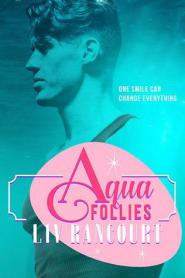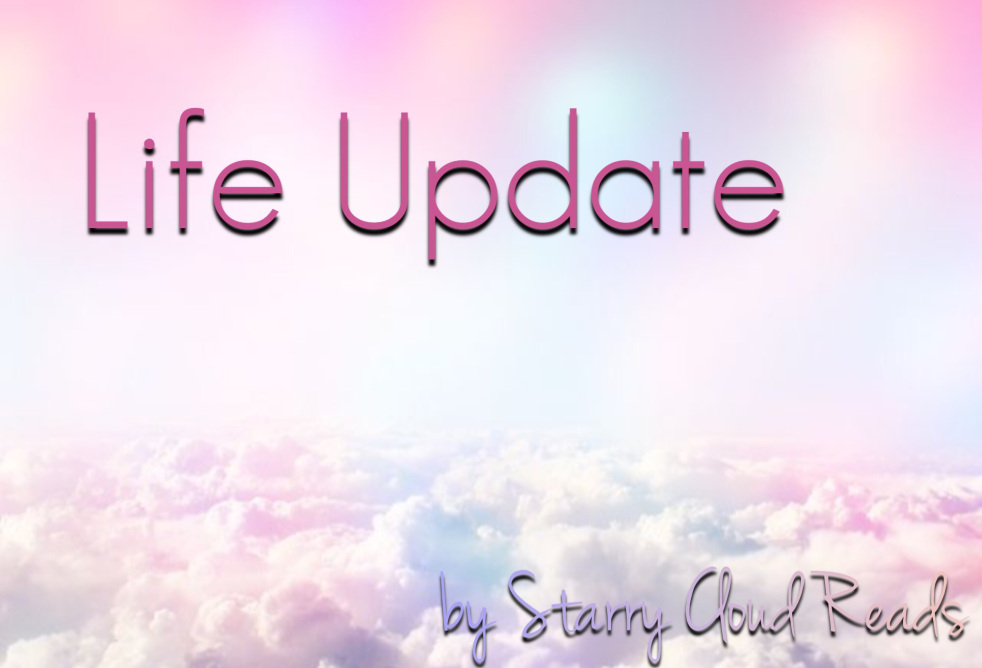Download links for: Citizen 13660


Reviews (see all)
Write review
It was interesting, but I wanted more. I'll have to search out some other books on this topic.
This is great nightmare fuel, and dispels very well any notion of government benevolence.
Rather dull and too short.. pictures didn't add anything.
Very interesting and thought provoking.
Other books by Memoir & Autobiography
Related articles












